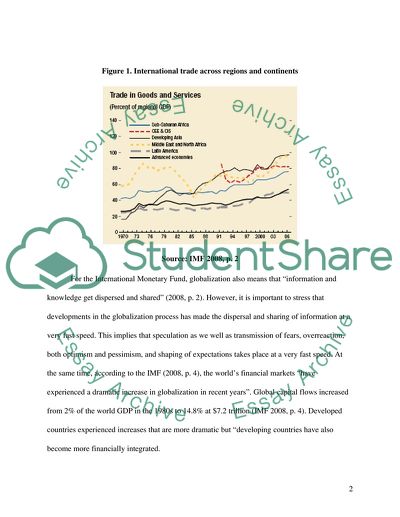Cite this document
(Globalization and the Current Crisis Research Paper, n.d.)
Globalization and the Current Crisis Research Paper. Retrieved from https://studentshare.org/social-science/1740497-the-affect-of-globalization-on-the-current-financial-crisis
Globalization and the Current Crisis Research Paper. Retrieved from https://studentshare.org/social-science/1740497-the-affect-of-globalization-on-the-current-financial-crisis
(Globalization and the Current Crisis Research Paper)
Globalization and the Current Crisis Research Paper. https://studentshare.org/social-science/1740497-the-affect-of-globalization-on-the-current-financial-crisis.
Globalization and the Current Crisis Research Paper. https://studentshare.org/social-science/1740497-the-affect-of-globalization-on-the-current-financial-crisis.
“Globalization and the Current Crisis Research Paper”, n.d. https://studentshare.org/social-science/1740497-the-affect-of-globalization-on-the-current-financial-crisis.


